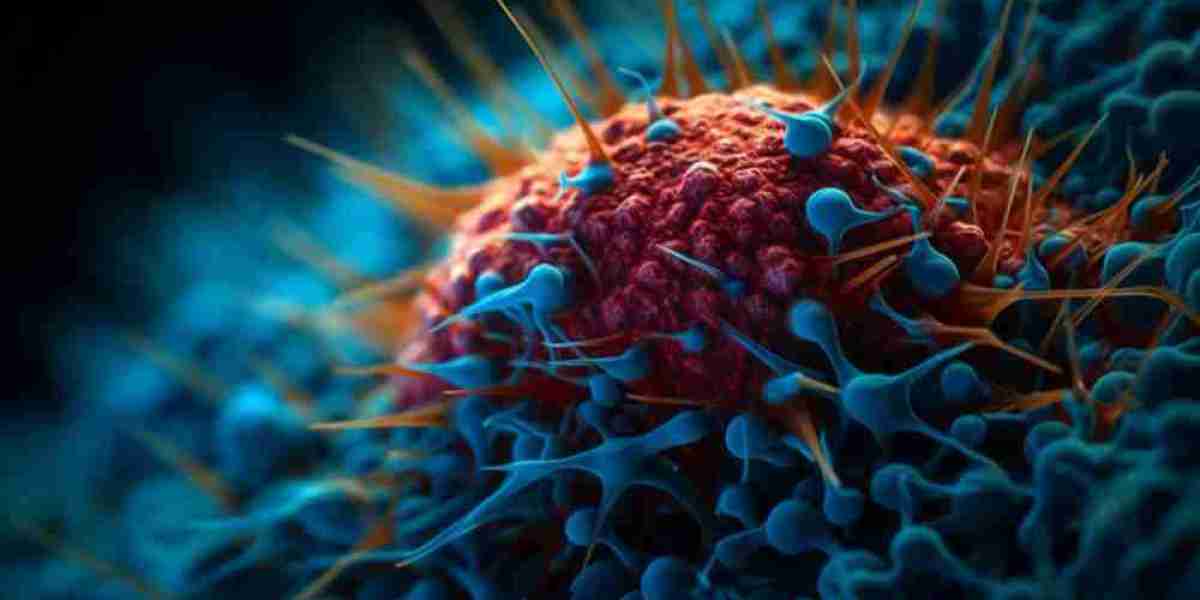The Role of Enzyme Replacement Therapy (ERT)
Since its approval, Enzyme Replacement Therapy (ERT) has been the cornerstone of Pompe disease treatment. ERT works by supplying patients with a recombinant form of the deficient GAA enzyme to help reduce glycogen buildup. Currently, therapies such as alglucosidase alfa (Myozyme/Lumizyme) are standard treatments, improving survival rates and quality of life, especially for infants with the more severe form of Pompe disease.
Despite its efficacy, ERT is not without limitations. Challenges include:
- Short half-life and uptake issues: The therapeutic enzyme is often cleared rapidly from the bloodstream, reducing its effectiveness in targeting all affected tissues.
- Immunogenicity: Many patients develop antibodies against ERT, which can diminish its therapeutic benefits over time.
- Partial correction: While ERT addresses some symptoms, it does not fully reverse muscle damage or prevent disease progression.
Emerging Therapies in the Pompe Disease Pipeline
The Pompe disease pipeline is rich with innovative approaches aimed at overcoming the limitations of ERT. These include:
- Second-generation ERT: Newer forms of ERT, such as avalglucosidase alfa (Nexviazyme), offer improved tissue targeting and reduced immune response, addressing some of the drawbacks of first-generation treatments.
- Gene Therapy: Gene therapies aim to provide a long-term solution by delivering a functional GAA gene to patients’ cells, allowing for sustained enzyme production. Promising candidates are currently in clinical trials.
- Substrate Reduction Therapy (SRT): This approach focuses on reducing glycogen synthesis to balance the impaired breakdown, offering a complementary mechanism to ERT.
- Chaperone Therapies: Small molecules that stabilize or enhance the activity of the deficient enzyme are also being explored to improve treatment efficacy.
Challenges and Opportunities in Pompe Disease Therapy
While progress has been significant, several hurdles remain in the development and implementation of new therapies:
- Access and affordability: ERT and other therapies are costly, posing a significant financial burden for patients and healthcare systems.
- Limited efficacy in late-onset patients: Late-onset Pompe disease, which progresses more slowly, remains difficult to treat effectively, as muscle damage is often irreversible.
- Regulatory hurdles: Innovative therapies like gene therapy must navigate stringent regulatory pathways, which can delay patient access.
However, opportunities abound with increased collaboration between researchers, biotech firms, and patient advocacy groups. Continued investment in research and clinical trials will drive the development of more effective and accessible treatments.
Conclusion
The treatment landscape for Pompe disease is evolving rapidly, with advances in Enzyme Replacement Therapy (ERT) and a growing Pompe disease pipeline of innovative therapies. While current treatments have significantly improved outcomes for many patients, challenges such as immunogenicity, high costs, and incomplete efficacy highlight the need for further innovation. As new therapeutic modalities, including gene therapy and substrate reduction approaches, continue to emerge, the future of Pompe disease therapy holds immense promise for addressing unmet needs and improving the lives of patients worldwide.
Latest Reports Offered By DelveInsight:
celebrix generic | cheetah hemodynamic monitoring | central nervous system market | daybue side effects | giant cell arteritis treatments | medical automation systems | samsung delve | avedro glaukos | digital therapeutics examples | marstacimab fda approval | explain how neuroprosthetic devices work | novartis roche | levo therapeutics | hereditary transthyretin mediated amyloidosis | olokizumab | snorring device | moa inhibitors | tenapanor fda approval | is lybalvi a controlled substance | define geographic atrophy | cure for myositis | dff332 | xtandi indication | oculus health | which is the best ai app for android | biobrace conmed | savara news | incidence of dmd | jak inhibitor list | john cunningham virus symptoms | axiron generic | ulcerative colitis blog | buerger's disease treatment guidelines



